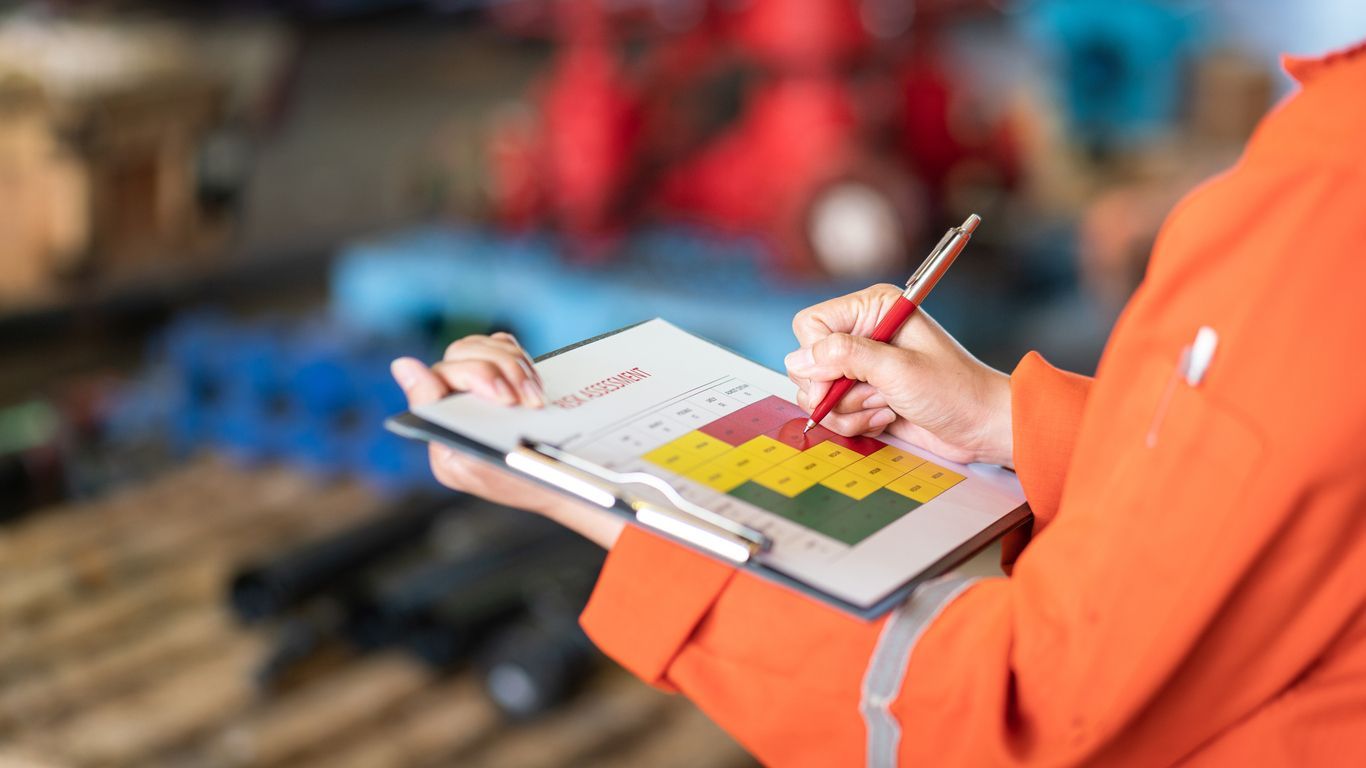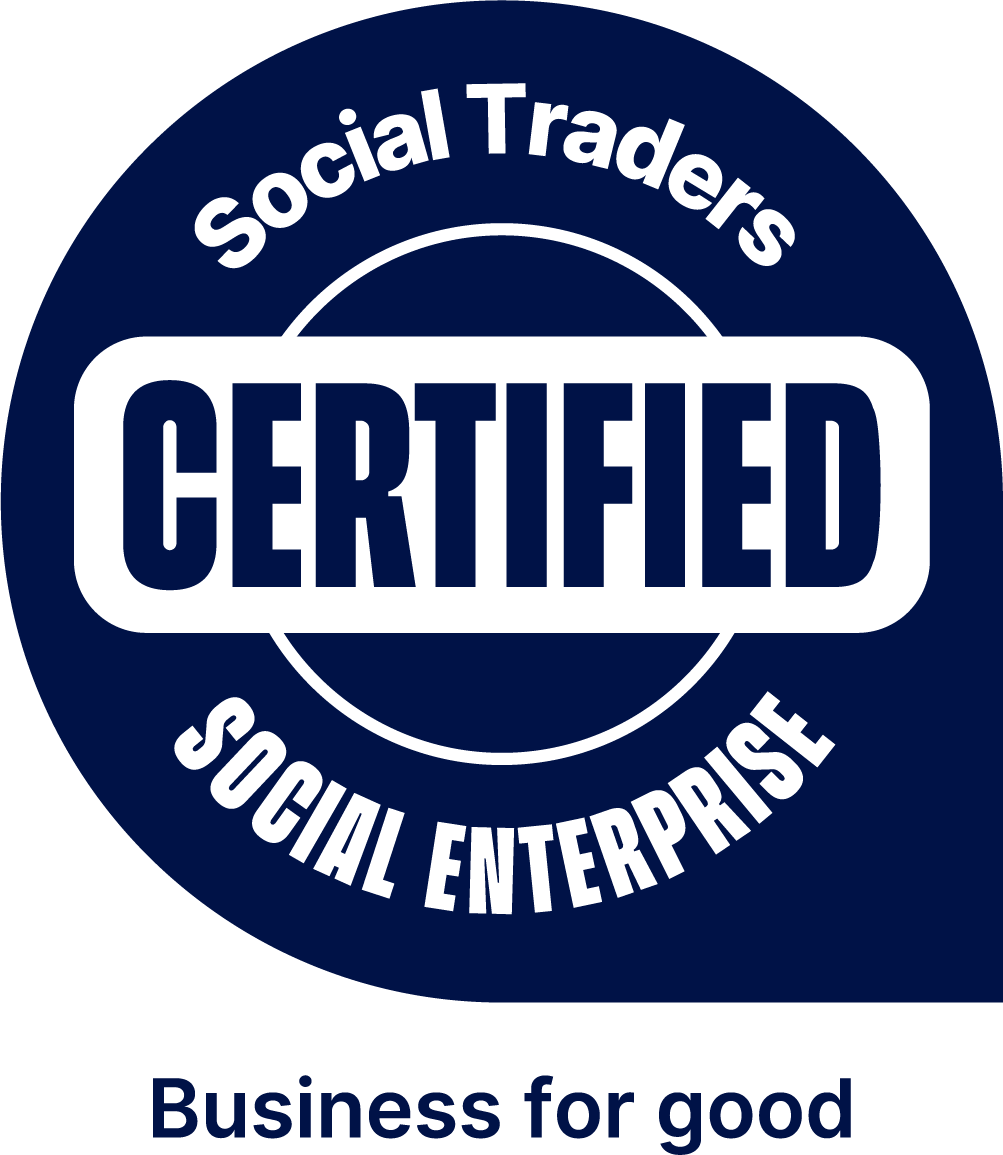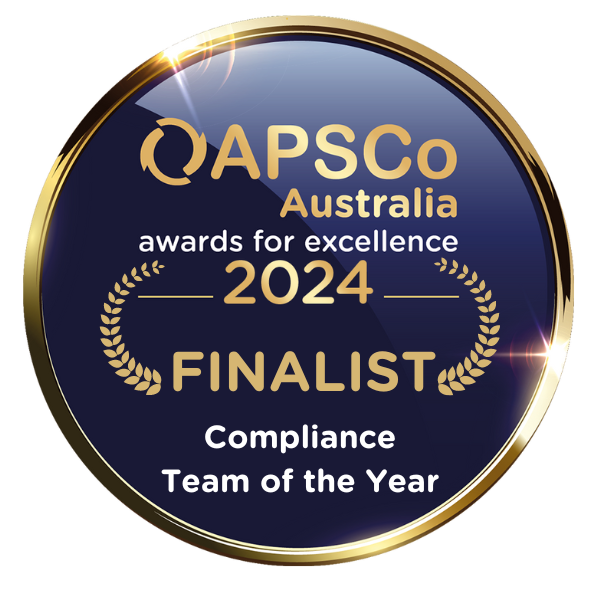The modern workplace can be a crazy place. Combine highly charged environments with the pressure of work spilling over into our home lives and many of us will struggle to maintain healthy boundaries between work and home. This heightened level of stress and lack of clear boundaries means we are becoming vulnerable to psychological and physical illness, compounding workplace absenteeism and work-related stress complaints and claims. This pattern of heightened workplace stress is now at such epidemic proportions that the World Health Organisation has recognised burnout as an occupational related syndrome of stress which will be added to the 2022 edition of the International Classification of Diseases Handbook.
Why are we all so stressed out at work?
Humans are big bags of hormones and neurochemicals, held up by a clever skeleton frame. Like all animals, we rely on patterned biorhythms and automated physiological functions to survive. But when the balance is disturbed (by unremitting stress for instance), we run into all sorts of problems.
To understand why we are all so stressed, let’s take a look at some of the critical neurochemicals which related to stress and coping.
Four happy and one not so happy neurochemicals
The first of the “happies” are Endorphins which help diminish our perceptions of pain and keep us going during tough work-outs, sometimes even supplying a “runner’s high”, and helping us to endure difficulties. Endorphins help us survive late nights, 70+ hour weeks, and back-breaking middle seats on long-haul plane-flights.
The second is Dopamine; sometimes called the leadership chemical for its significance in causing us to seek short term reward or achievement. Dopamine is the feel-good neurochemical that gives us that feeling of satisfaction when we complete something that needs to be done. Dopamine helps us get things done so that we can survive, provides the incentive for progress and supplies the positive feeling we get from a sense of accomplishment.
“Happy” number 3 is Serotonin which triggers the awesome feeling we get when we perceive that others like or respect us. It makes us feel proud, strong and confident: like we can take on anything. It also helps raise our status by driving our need for social approval and reinforcing the bonds of those whom we wish to be proud of us, such as our parents, boss, or anyone else who has invested time in our success or development.
Last but not least is Oxytocin; often referred to as the love chemical. It provides that amazing feeling that comes with friendship, love and deep trust. It triggers the feeling we get when in the company of our close friends and family and is responsible for the feeling we get when we do something nice for someone or when somebody does something nice for us. Without oxytocin, we would be far less likely perform acts of generosity or altruism. But remember, it isn’t just nice to feel good, oxytocin is critical for our survival, as without it we wouldn’t develop deep trusting relationships.
The very important, but “not-so-happy” neurochemical is Cortisol. Cortisol elevates under stress and contributes to our defence mechanisms to stimulate our fight or flight response. Our primal brain doesn’t care about understanding the threat, it just wants to increase our chance of survival. Unfortunately, this ancient warning system hasn’t adapted to our current situation of persistent modern day stress. For most of us, the stress we face at work isn’t life-threatening, however our endocrine system releases cortisol as if it is. So, when we feel stressed at work our brains behave in exactly the same way that our paleolithic hunter-gatherer ancestors did when faced with an angry mammoth: by responding with fight and flight threat responses. Unfortunately, when we are in this heightened state long-term because the stress levels just don’t go down, we really do start to do harm to our brains and our bodies.
So, what does resilience have to do with it?
Resilience can be defined as an individual’s ability to adapt to stress and adversity. Your level of resilience is your capacity to bounce back from a negative experience to a normal state of functioning. Levels of resilience differ from person to person, but everyone has some underlying degree of resilience and we can develop strategies that improve our capacity. Highly resilient people still experience negative emotions and thoughts and are not always optimistic. However, they effectively balance negative emotions with positive ones and are able to make effective responses to negative emotional experiences.
Quick, tell me how to become more resilient
There are lots of strategies that help us build our resilience, and research suggests that the most resilient people use at least 2 techniques from these 4 main strategies (link to second article), so this is probably the “magic” recipe to aim for. But remember, anything is better than nothing, so putting in place even small changes is still going to help.
“Ok, I’m convinced but how does it help with my workforce”?
This is a really important question, and while many of us are probably getting better at self-care at home (or we are at least thinking about it more), work is still the place where we often push ourselves past our limits. By establishing a culture of resilience in your organisation, encouraging, or even EXPECTING your staff to undertake these strategies, you are promoting a more modern, healthy and happy workplace. In the long-run, you will help promote a workplace where your staff want to be, where they plan to stay I your employment for longer, and where absentee rates are lower – sounds pretty good, huh?
The single best thing you can do as a leader is model resilience-building strategies yourself. It is only when your workforce see you leading the way with resilient practices that they will know for certain that this is the type of organisation (and boss) they work for.
Will you accept the resilience challenge?
So, here’s the challenge. Select at least 2 of the strategies we list in our article 4 Strategies for Workplace Resilience; one for yourself and one for your employees and your business. Make a commitment – a real one! Plan how often, how and where you will set these strategies in place. Think carefully about which strategies you choose as they have to be meaningful to you: you will need to want to make these changes in order to use them regularly enough that they just become part of your life. Eventually, it will be like brushing your teeth – such an automatic part of your day that you can’t imagine NOT using it. Remember, the potential benefit is huge!
If you’re not sure where to start in your organisation, why not team up with our people experts? The Chandler Macleod People Insights team bring together psychology and technology to give you great insights to unleash the potential of your teams.




















